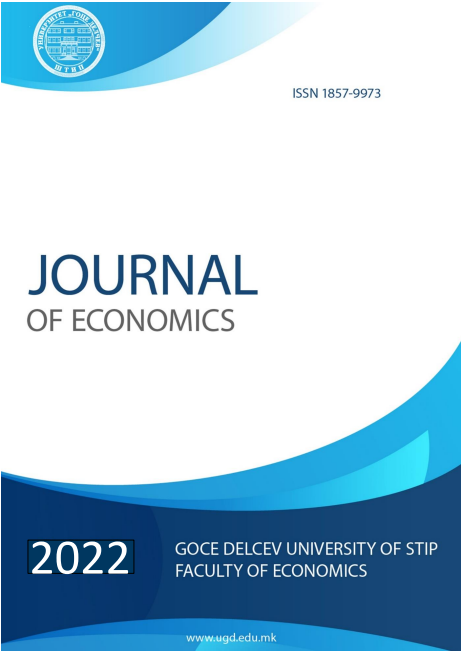How humanities can tackle with the consumption and greenhouse effect: through the prism of green logistics
DOI:
https://doi.org/10.46763/JOE227.2048tKeywords:
sustainable society, green infrastructure, green logistic, reverse LogisticsAbstract
Sustainable development is a complex and global problem. Poverty, inequality, opacity, drought, floods, green house effects are just a few pieces of the puzzle called a real-world ecosystem. One such piece of the multitude of global problems concerns on the transport and logistics problems in urban centers and the pronounced need for green logistics. Following modern technological trends and the need for long-term sustainable development and environmental protection, especially in urban areas, as a growing and unstoppable phenomenon caused by global technological progress, possible promising alternatives, research and solutions are focused on the concept of green infrastructure and green logistics. The concept of Green Logistics occupies an important place in optimizing the transport sector, reducing traffic congestion and reducing emissions from vehicles. The concept of Green Logistics is primarily focused on issues related to environmental protection, such as environmental pollution and emissions caused by non-standard and insufficiently professionally arranged logistics processes and the use of old and environmentally unsuitable transport technology. Green Logistics is a model that is planned, organized and implemented through an environmentally friendly and often socially friendly dimension, in addition to the economically functional one. Covers all entities, legislation, activities and participants in order to minimize the environmental impact of transport activities. The goal is to create sustainable value for the company using a stable balance of economic and environmental efficiency. To meet strictly defined environmental goals, green logistic includes all activities of the forward and reverse flows of products, information and services between the point of origin and the point of consumption. It is the aim to create a sustainable company value using a balance of economic and environmental efficiency.


